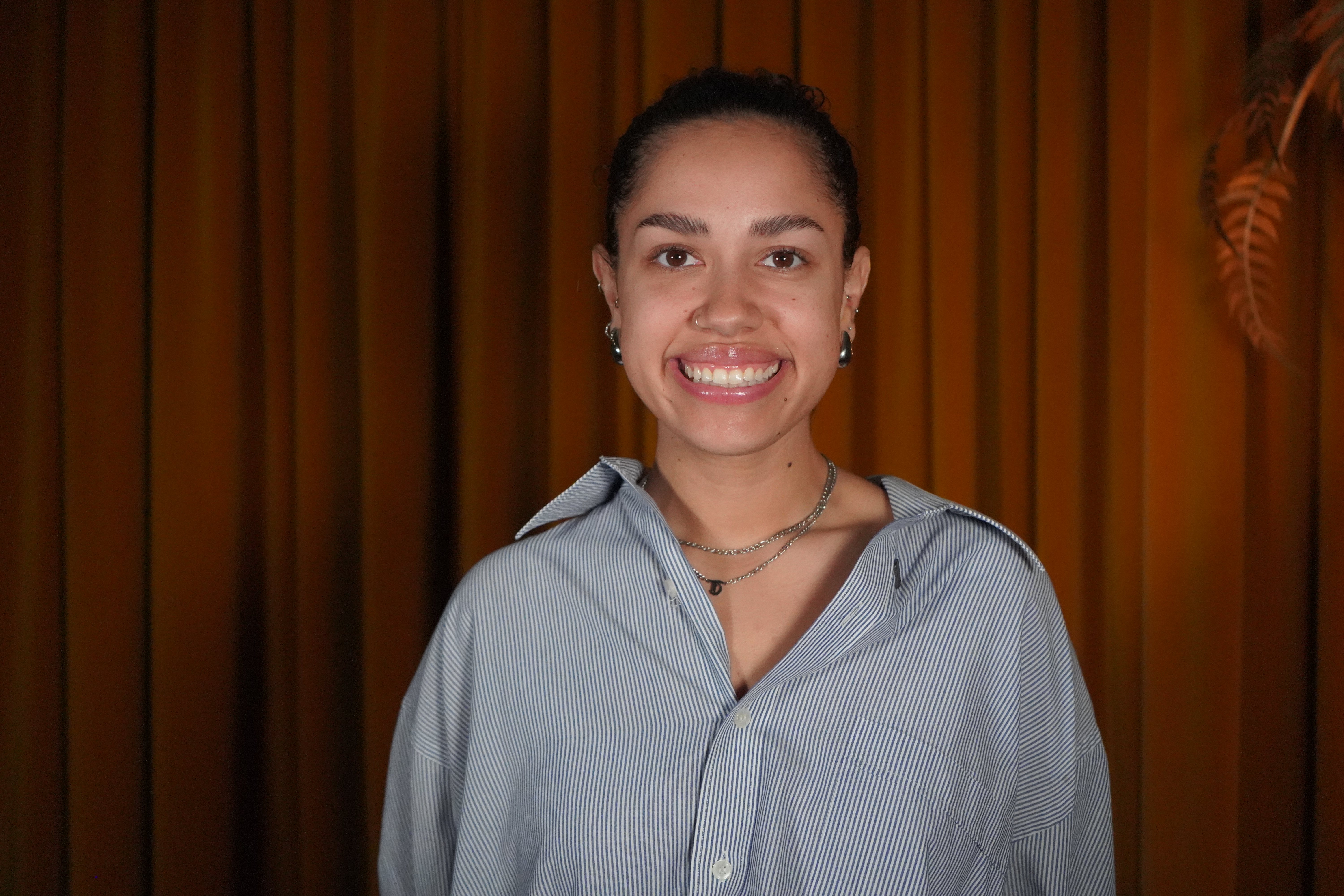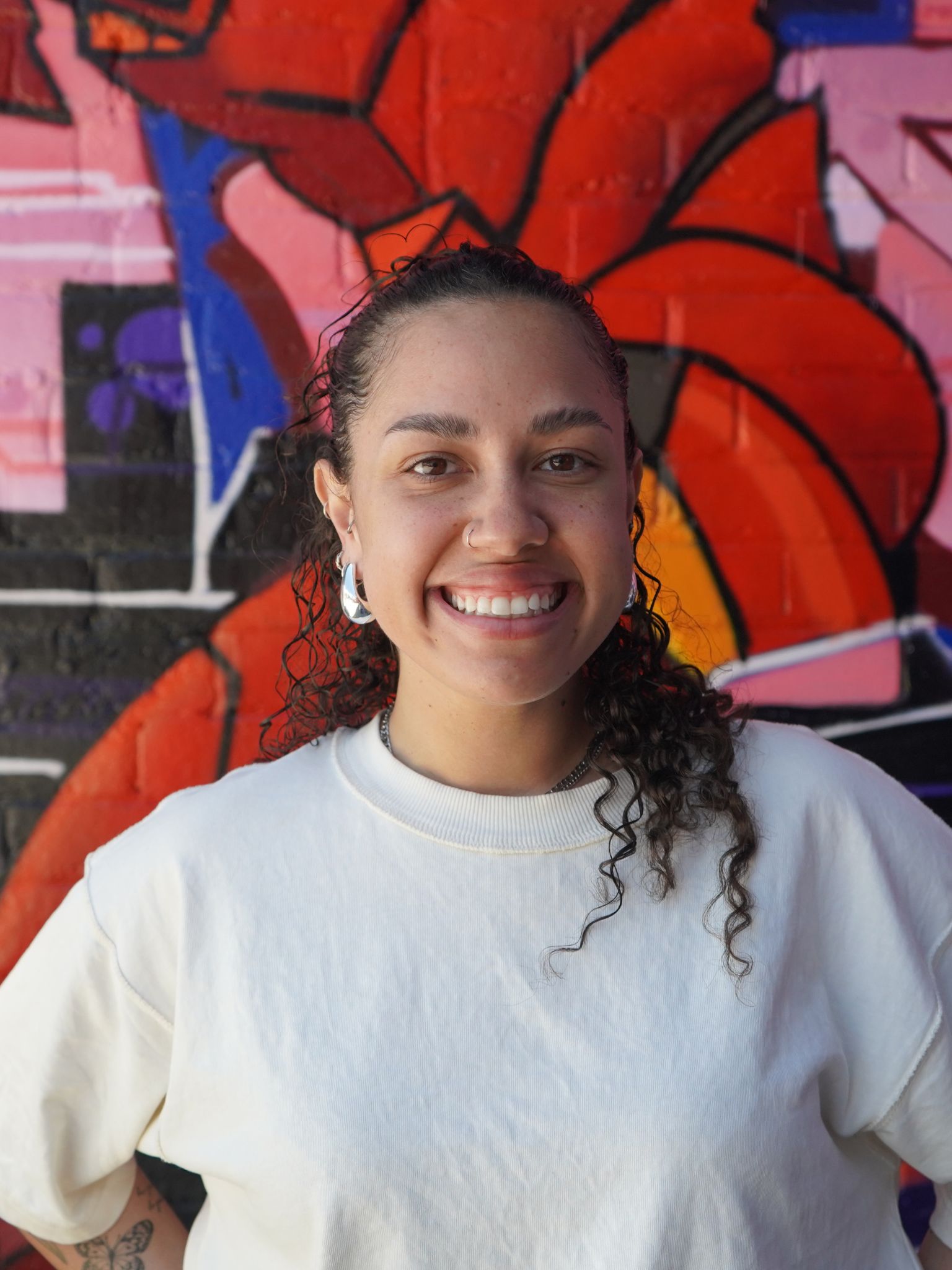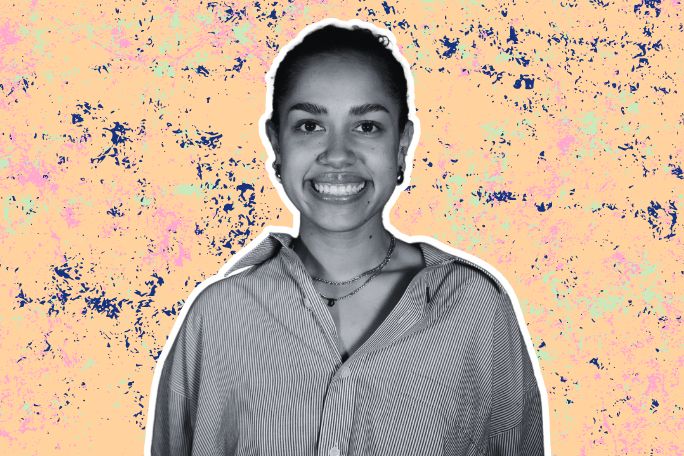Course summary
This course equips educators with the knowledge and confidence to use respectful terminology when engaging with Aboriginal and Torres Strait Islander peoples, histories, and cultures. It explores the importance of language in fostering cultural safety, acknowledging diversity, and demonstrating respect. Educators will learn key terms, appropriate protocols, and strategies for inclusive communication, ensuring they create respectful and culturally responsive learning environments. Through reflection and practice, you will develop a deeper understanding of the impact of language and how it shapes relationships, representation, and reconciliation in education.
Video transcript
Hi everyone, my name is Tanna. I'm a proud Byellee and South Sea Islander woman, and I am the First Nations Education Specialist at Cool.org. I have put together a professional learning course for you to learn about respectful terminology for First Nations peoples and how you can implement this in your classroom, across your school and within your community as well. We would love for you to learn more about why respectful terminology is important and what you can do to be an ally for First Nations peoples across Australia.
I've just finished doing your course... I just want to say a personal thank you. I am always mindful of using appropriate and respectful language, but I often have questions about the correct and appropriate terms to use when I'm talking about First Nations Peoples, and your course really helped to clarify many of these concerns for me.
KATHRYN BULLEN, DAMASCUS COLLEGE
You will learn:
- respectful terminology to embed in your teaching practice and daily lives
- significance of language to ensure cultural safety.
Course time:
This course is expected to take between 30 to 45 minutes. Perfect for after work or during a spare period. You will have ongoing access via your user dashboard.
Accreditation:
This course is mapped to the Australian Professional Standards for Teachers.
- 1.4 Strategies for teaching Aboriginal and Torres Strait Islander students
- 2.4 Understand and respect Aboriginal and Torres Strait Islander people to promote reconciliation between Indigenous and non-Indigenous Australians
Save
Course Content

Respectful Terminology: Engaging with First Nations peoples
Course instructor

Your instructor, Tanna, is a proud Byellee and Kanaka woman, an experienced Secondary School Teacher, and a First Nations Education Specialist for Cool. She will be on hand to answer any questions you might have while undertaking this course. Just click the Get In Touch button to the left.
Cool works with First Nations organisations and educators to help share knowledge and perspectives so that all educators can confidently bring First Nations perspectives, histories and cultures into the classroom.
Frequently Asked Questions
Can I log this PD with my states teaching authority?
Yes! Our courses are mapped to the Australian Professional Teacher Standards (AITSL), and your completion can be logged as elective PD hours with your state's teaching regulatory authority. To do this, grab your certificate of completion from your personal dashboard once the course is complete.
How long will this take to complete?
This course is expected to take between 30 to 45 minutes. Perfect for after work or during a spare period. You will have ongoing access via your user dashboard.
Will I get proof of completion?
Is this course accredited?
All of our courses are mapped to the Australian Professional Teacher Standards (AITSL), and your completion can be logged as relevant, teacher-identified professional development activity with all Australian state teaching regulatory authorities. To do this, grab your certificate of completion from your personal dashboard once the course is complete.
- Participate in learning to update knowledge and practice, targeted to professional needs and school and/or system priorities.
- Participate in professional and community networks and forums to broaden knowledge and improve practice.
- Contribute to collegial discussions and apply constructive feedback from colleagues to improve professional knowledge and practice.
Who are the instructors?
This course is designed in consultation with teachers, principals, psychologists, counsellors, scientists, and all manner of experts in the education field.
Cool.org's curriculum team continually reviews and refines our resources to be in line with changes to the Australian Curriculum and best educational practice, so you can be sure your learning is at the cutting edge of education theory.

Welcome back!
Don't have an account yet?
Log in with:
Create your free Cool.org account.
Many of our resources are free, with an option to upgrade to Cool+ for premium content.
Already have an account?
Sign up with:
By signing up you accept Cool.org's Terms and Conditions(Opens in new tab) and Privacy Policy(Opens in new tab).